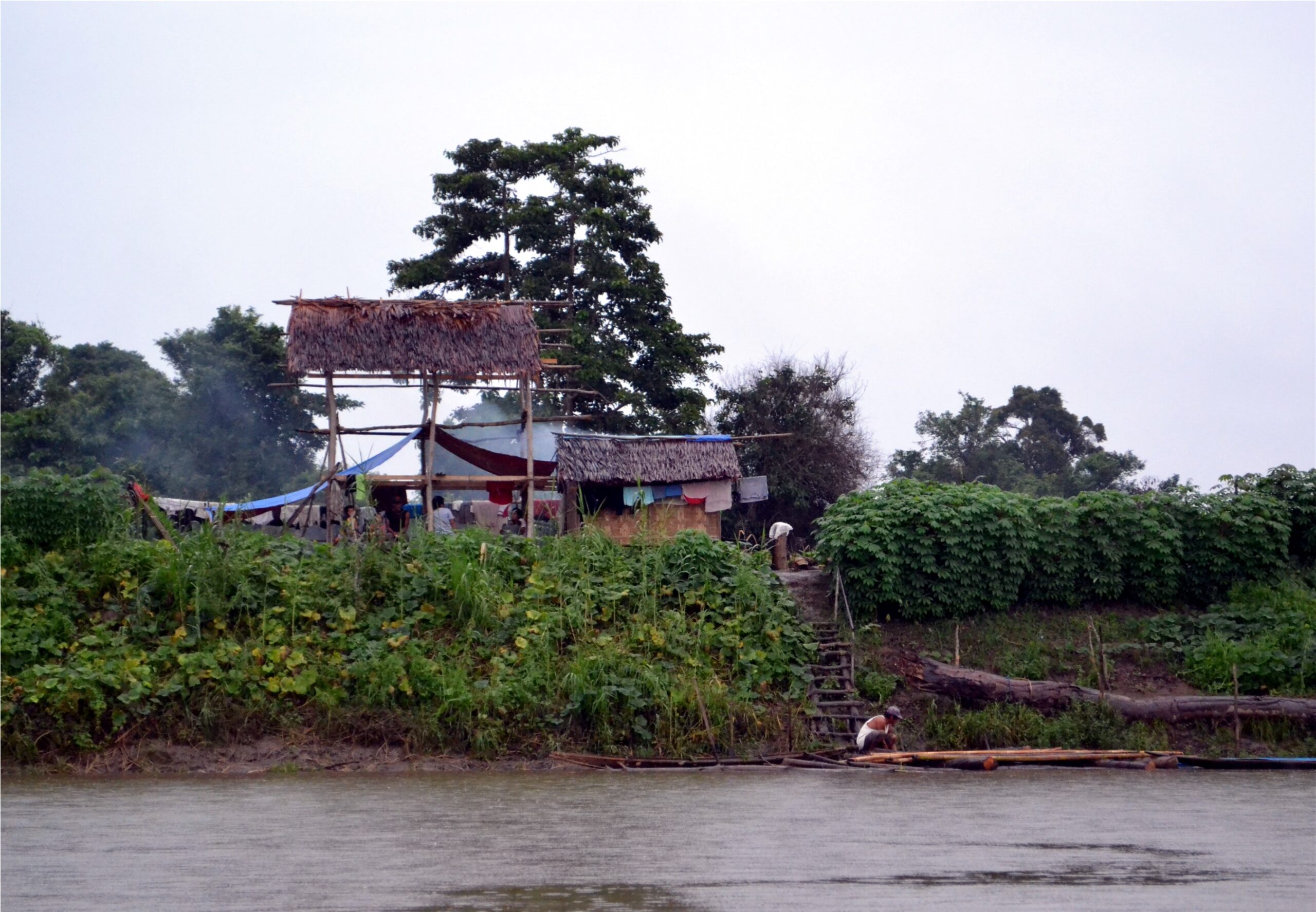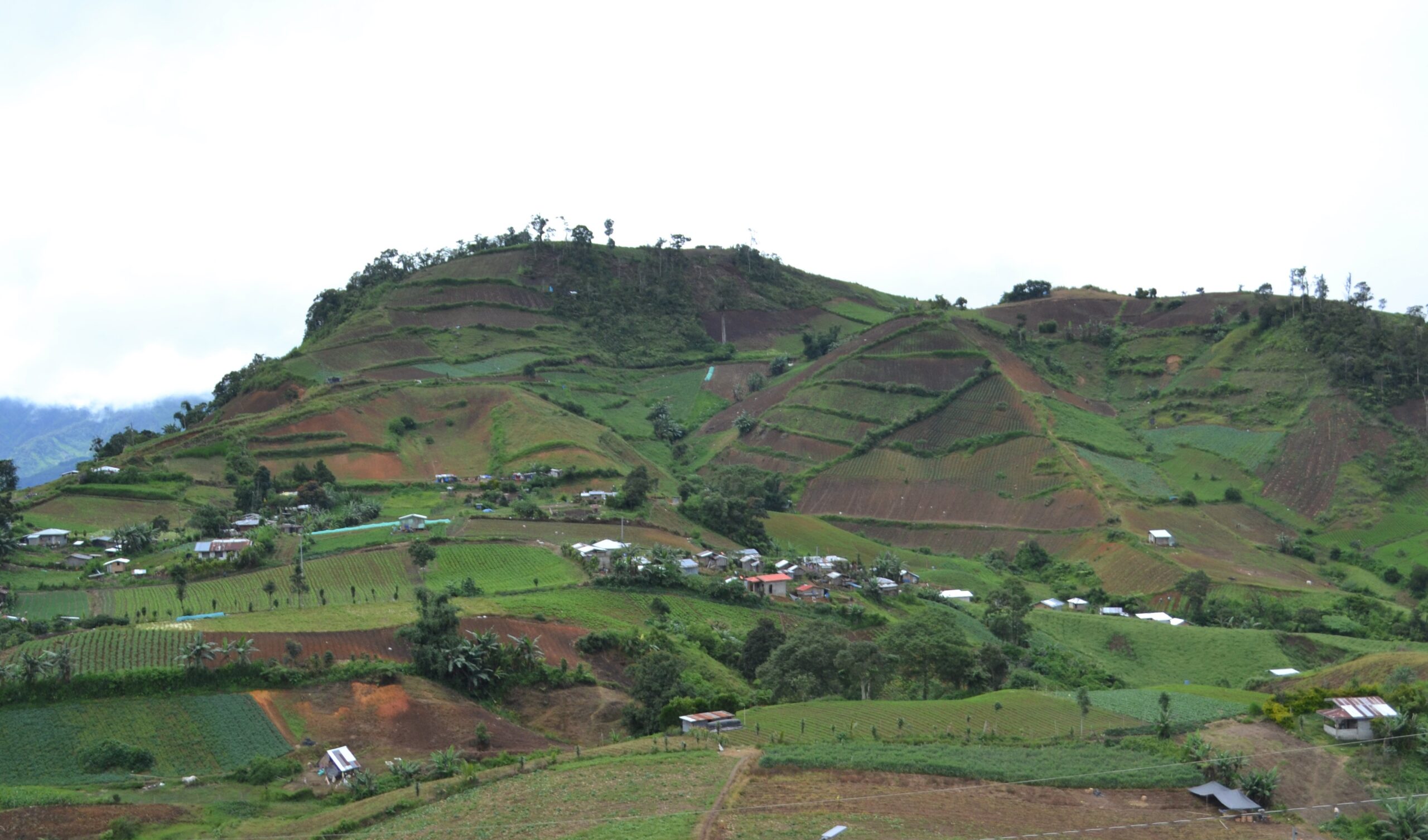Text and Photos by Henrylito D. Tacio
Last March 21, the world celebrated the International Day of Forests (IDF). The celebration was “not just to recognise the importance of healthy forest ecosystems in our daily lives, but also to remind ourselves of the urgency to protect and conserve this overdrawn natural resource,” said the ASEAN Centre for Biodiversity (ACB) in a statement.
ACB is a regional intergovernmental center of excellence that facilitates cooperation and coordination among the members of the Association of Southeast Asian Nations (ASEAN).
“A biodiverse region that boasts of high levels of species endemicity, the countries of the ASEAN harbour over 200 million hectares of forest, encompassing at least 60% of the world’s tropical peatlands and over 40 per cent of mangroves,” the ACB says. “These forests are critical habitats to diverse forms of plant and animal species, many of which are found nowhere else in the world.”
The Biodiversity Management Bureau (BMB) agrees. “Forests are vital not only as habitat of various species of flora and fauna but also yield numerous benefits such as source of water, provision of raw materials and other forest products for food, medicine, construction materials and many other uses,” says BMB, a line agency of the Department of Environment and Natural Resources (DENR).
“Forests also serve as carbon sinks which help mitigate the effects of climate change, act as our natural defender against natural disasters and many more ecosystem services,” the BMB adds.
The State and Outlook of Agroforestry in ASEAN (2021) reports that environmental disasters in the region cost over US$122 trillion from the year 2000 to 2020, affecting over 324 million people.
Biodiversity (short-term for biological diversity) abounds in forests. “Our protected areas have more than 2.5 million hectares of forest cover, which also serve as repositories of discovered and undiscovered biological, genetic materials,” the BMB points out.
Despite these benefits, however, the ASEAN reported major forest declines during the last four decades, losing almost half of its total forested areas due to persistent anthropogenic drivers. While the rate has slowed down, if not abated, the degradation of forests in the region will result in grave challenges, both for people and biodiversity.
“In a region where half of the population directly or indirectly depend on forest resources, restoring the health and wealth of the region’s forest ecosystems is a crucial step towards nature-positivity,” the ACB stated.
“Where have all our forests gone?” asked Jethro P. Adang, director of the Davao-based Mindanao Baptist Rural Life Center (MBRLC). “Why are we losing our trees at a very fast rate?”
Some experts believe logging operations, legal and otherwise, are mowing down the country’s remaining forest cover. Over the past 50 years, 400 logging companies have operated in the country, reports the Environmental Science for Social Change.
The Rev. Peter Walpole, a Jesuit priest who heads the environmental group, said the Philippines “trusted” logging companies to cut down trees and manage the forest. “But they did a very bad job,” he decried. “That started the problem that we have now.”



Environmentalist and wildlife photographer Jose Ma. Lorenzo Tan, in an article he wrote for a national daily, reported that when Ferdinand Marcos came to power, “serious deforestation began.”
Before Marcos became president, there were only 58 companies issued with timber licenses; it swelled to 412 during his presidency. “Forests were decimated at an astonishing rate of 300,000 hectares per year,” Tan deplores.
In 1989, the government imposed a lumber export ban in an effort to save the country’s forests from uncontrolled illegal logging. The following year, the ban was quietly lifted but was reinstated after loud criticism.
But despite this, logging continues. The Department of Environment and Natural Resources (DENR), the lead agency responsible for the country’s natural resources and ecosystems, is virtually powerless against logging.
Aside from logging, other causes of deforestation in the Philippines are forest fires, slash-and-burn farming (locally known as kaingin), mining operations, geothermal explorations, dam construction and operation, and land development projects such as the construction of subdivision, industrial estates, and commercial sites.
Volcanic eruptions have also devastated some of the country’s forests—ditto for typhoons, which have devastated considerable hectares of forest cover. Look what Yolanda and Odette had done.
The country’s surging population – currently totaling 86.6 million – has also contributed to the problem. At least a fourth of the total population lives in the upland areas, where most trees are located.
“They (the uplanders) denude forests and turn them into kaingin farms,” wrote the late Vicente Tirol in a report for the Center for Media Freedom and Responsibility. “When the thin topsoil of the mountain slopes can no longer support their crops, they move on, denuding more forests.”
As a consequence of the continuous removal of forest cover, particularly those in the uplands, the Philippines now experienced different environmental problems.
“Most of these were not seen in such intensity and magnitude before our time,” Adang deplored. “The signs cry out for immediate, nationwide attention.”

